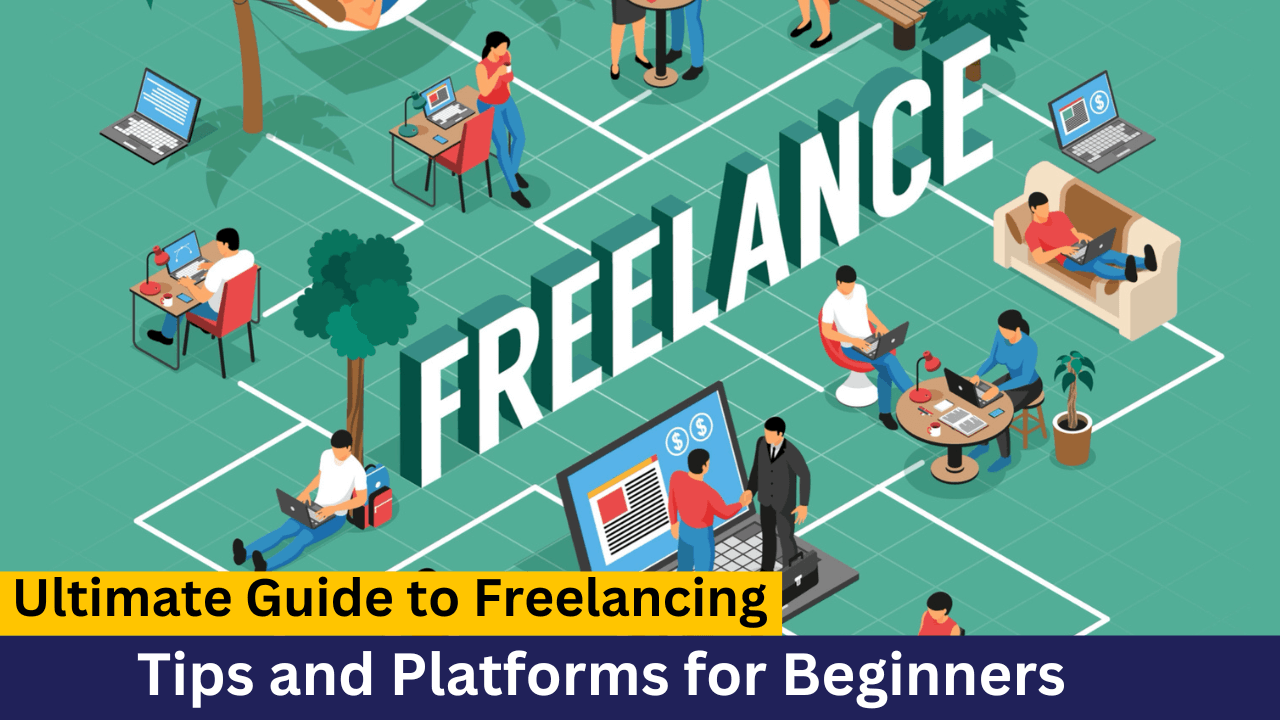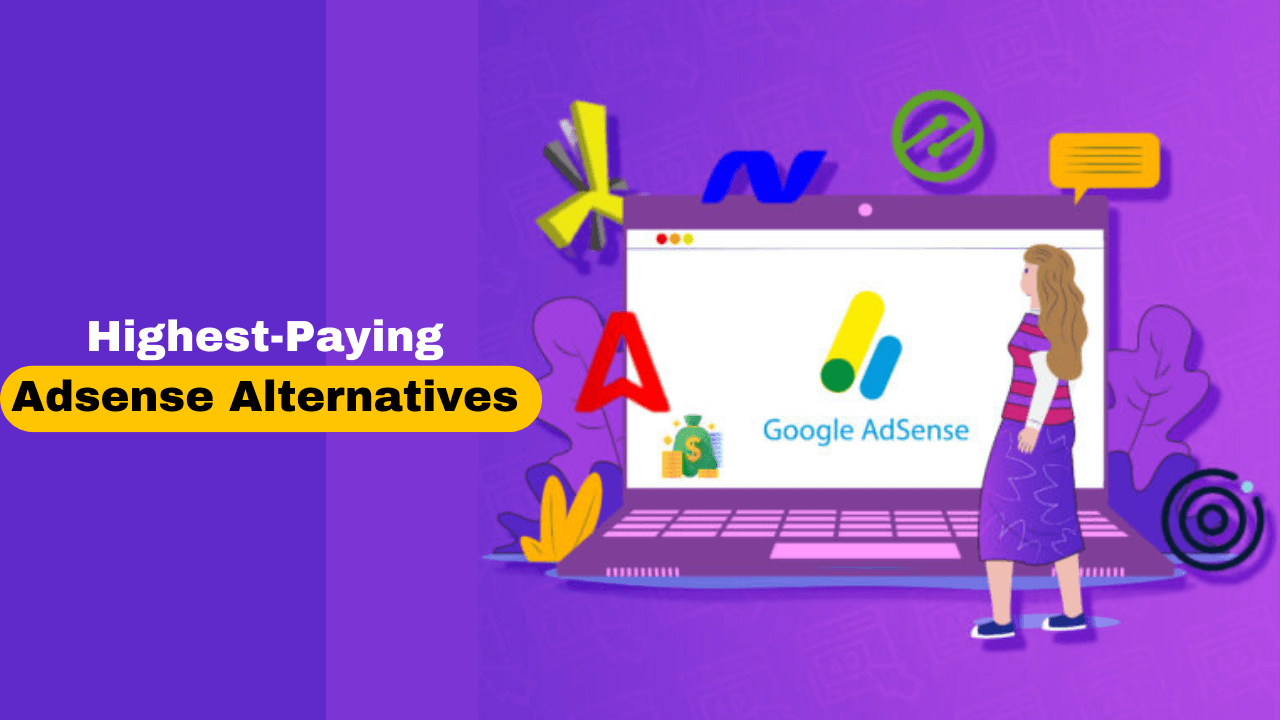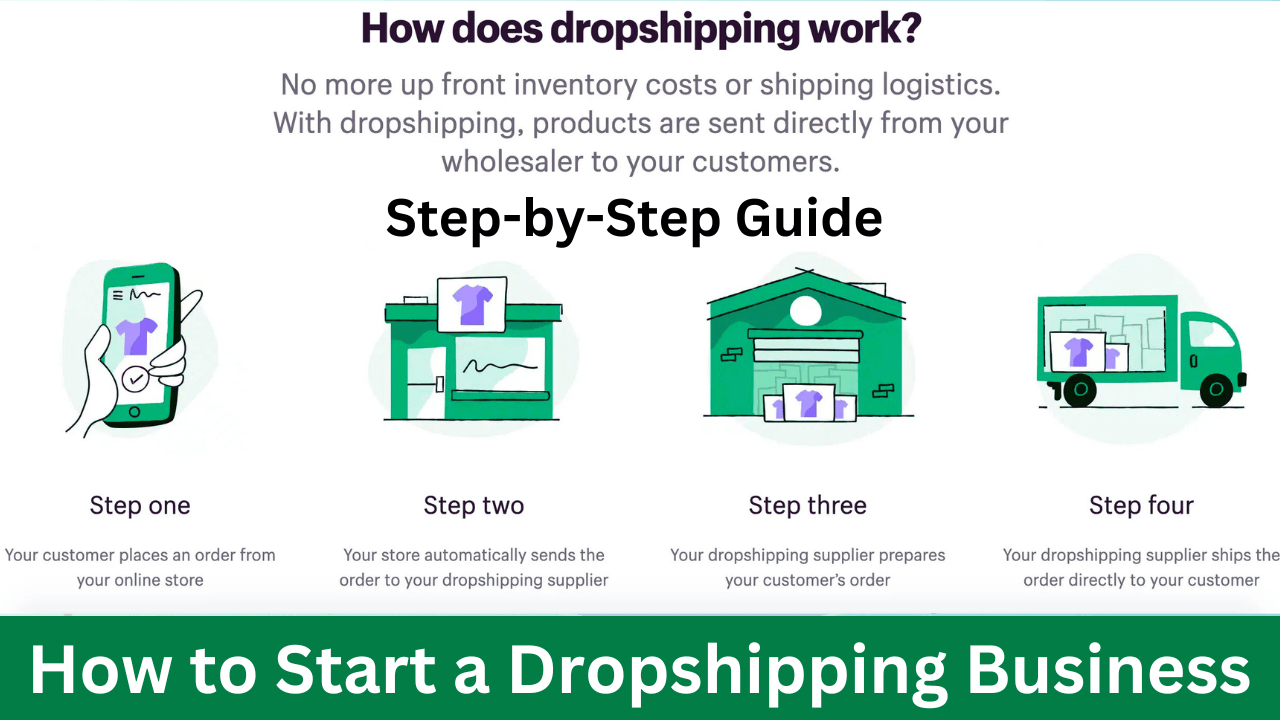Freelancing is one of the easiest and best options to earn money by using your skills and working on your own schedule. You are your own boss and can select the projects to work on as a freelancer. From writing to graphic and web design, programming, or marketing — freelancing holds a myriad of prospects.
In this article, we will discuss what freelancing is, give you a brief on how to begin and platforms where newbies can register.
What is Freelancing?
Freelancing means working independently on different projects or tasks for clients, rather than working for a job in one company. Freelancers can work from home, or anywhere and set their own hours. Project or task-based pay — each work/task you get paid for, and then you move to the next one.
Benefits of Freelancing:
- Flexibility: You can work from home or anywhere with an internet connection.
- Control over workload: You decide how much or how little you want to work.
- Variety: Freelancers can work on different types of projects with different clients.
- Income Potential: You can often earn more money than a traditional job, depending on your skills and reputation.

How to Start Freelancing: A Step-by-Step Guide
Step 1: Identify Your Skills
You have to know what you are good at before starting into freelancing. Focus on the type of abilities you can provide to clients. Common Freelancing Skills are listed below:
- Writing and Editing
- Graphic Design
- Web Development
- Social Media Management
- Virtual Assistance
- Video Editing
- Translation
Make a list of your skills and decide which ones you want to focus on as a freelancer.
Step 2: Build a Portfolio
When you finally get some clients, YOU NEED TO WORK ON YOUR PORTFOLIO! For beginners, who lack any previous work to show in your portfolio yet — you can also create sample projects on the side.
Here’s what your portfolio should include:
- Examples of your work: Show your best projects that relate to the job you want to do.
- Client Testimonials: If you’ve worked with anyone before, ask them for a review.
- Skills and services: Clearly list what services you offer and what skills you bring to the table.
Step 3: Set Your Rates
One of the most challenging parts of freelancing is deciding how much to charge. Here are some tips to help:
- Research: Look at what other freelancers in your field are charging.
- Start Low: When you’re just starting, you might need to charge less to attract clients. As you gain experience, you can raise your rates.
- Consider Your Time: Make sure you’re getting paid enough for the amount of time you’re putting into each project.
Step 4: Choose a Freelancing Platform
Freelancing platforms are websites where you can find clients for particular projects. This makes it easy to get started since it connects freelancers to businesses or individuals seeking help.
Best Freelancing Platforms for Beginners
Here are some of the best freelancing platforms for beginners:
1. Upwork
Upwork is one of the largest freelancing websites, posting jobs in almost every category: writing, design, programming, marketing, and so much more. Profile creation with ease; applying for jobs is rather easy; working with clients from around the globe is part of Upwork.
- Best for: All types of freelancers
- Pros: Lots of job opportunities, secure payment system
- Cons: High competition, platform fees
2. Fiverr
For instance, on Fiverr, a freelancer can build “gigs” or services that clients can buy. It’s an excellent starting point for most beginners because you can start offering very low-priced services and gradually increase your prices once you gain a reputation.
- Best for: Creative freelancers (designers, writers, video editors)
- Pros: Easy to use, good for beginners, no bidding on jobs
- Cons: Starting prices can be low, platform takes a percentage of your earnings
3. Freelancer.com
Freelancer.com is another platform where people can bid on projects. There, you can find everything: data entry to web development.
- Best for: Beginners and experienced freelancers
- Pros: Variety of jobs, secure payment system
- Cons: Some jobs may pay very little, competition can be high
4. Toptal
Toptal is something of an elite placement for skilled folks. They only take in 3% of all applicants, so getting in is challenging, but once you get in, it is a source of very high-paid jobs among others in software development and design.
- Best for: Experienced freelancers
- Pros: High-paying clients, long-term projects
- Cons: Hard to get accepted, strict application process
5. PeoplePerHour
PeoplePerHour is a UK-based website, connecting freelancers with clients who need a certain number of hours or work for a certain project. The best suited to flexible-hour employees are freelancers.
- Best for: European freelancers, part-time work
- Pros: Hourly jobs, variety of categories
- Cons: Can be competitive, platform fees
Step 5: Apply for Jobs
Once you have a portfolio and you’ve selected a platform, you are ready to start applying for jobs. After you apply, make sure that you:
- Write a personalized proposal explaining why you’re the right person for the job.
- Highlight your relevant skills and past work.
- Be professional and communicate clearly with potential clients.
Step 6: Manage Your Freelancing Business
Once you start getting projects, you need to manage your time and clients’ relationships. Good communication, meeting deadlines, and delivering good quality work will make you receive repeating clients and good reviews.
Tips for Managing Your Freelancing Business:
- Create a schedule: Plan your work hours and stick to them.
- Track your income and expenses: Keep a record of what you’re earning and any costs you have, like platform fees or software tools.
- Keep learning: Improve your skills by taking online courses or learning from other freelancers.
Freelancing Tips for Beginners
Here are some final tips to help you succeed as a freelancer:
- Be patient: It might take time to get your first few clients, but don’t give up.
- Set realistic goals: Start small, and don’t take on more work than you can handle.
- Build relationships: Good client relationships lead to more projects and referrals.
- Keep improving: The more you improve your skills, the better jobs you’ll get.
- Stay organized: Use tools like calendars or project management apps to keep track of deadlines.
Conclusion
Freelancing can be a huge source of generating money whether as a full-time or part-time business. And so, following the steps and using the right places, beginners can find success in their freelance careers.
Remember that freelancing requires patience, hard work, and dedication. However, it also affords many avenues towards freedom and flexibility in life while working.
FAQs
What is freelancing?
Freelancing is working for oneself versus being a regular employee of a company.
How much money can I make as freelancer?
The amount of money you make depends on the sort of job you do, your experience, and how much you have to commit to it. Some people make a few hundred dollars a month or even tens of thousands of dollars.
Do I need a portfolio to start freelancing?
Absolutely. A portfolio helps you demonstrate the work you can do, thus making it easier for them to hire you.
How does one get clients?
For example, you can create a profile and then apply to jobs on freelancing sites. You may also find clients through networking and referrals.
Which platform is best for beginners?
Platforms like Upwork and Fiverr are great for beginners. These are convenient and offer plenty of jobs to choose from.










